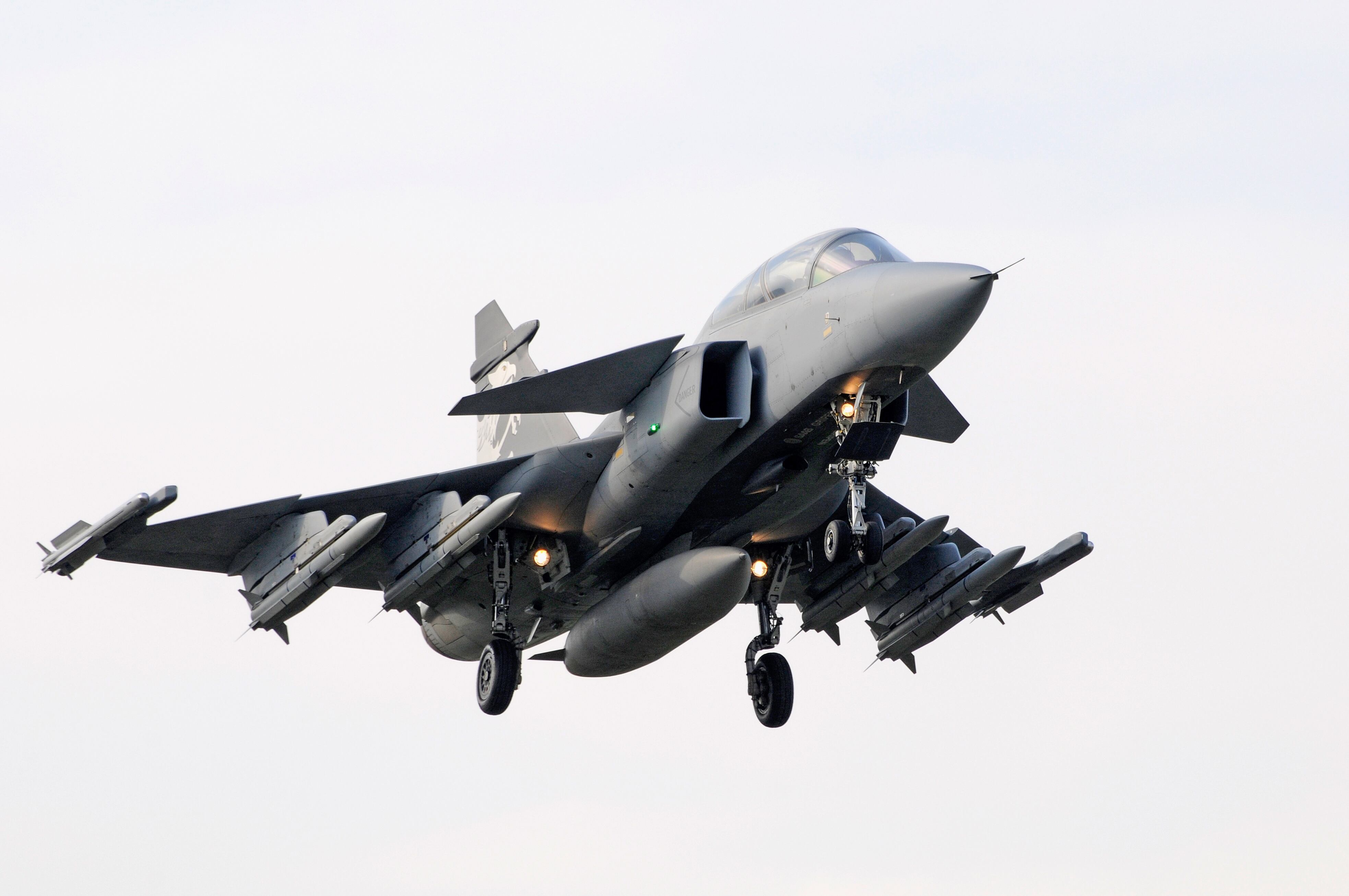NEW DELHI ― The Indian air force has launched a very ambitious $19.5 billion program to buy 110 military fighters.
The problem is, the country’s Ministry of Defense says it is only a fact-finding exercise and there is no commitment from the government on the program as of now.
The IAF on April 6 issued a Request for Information or RFI to all major global aviation companies to bid on the 110 fighter buy.
Without mentioning the requirement of single or twin engine fighters, the service is seeking 82 single-seat and 28 twin-seat fighters. The RFI says that, “under the program, 16 aircraft will bring in fly away condition. The selected overseas original equipment manufacturers ... will be asked to set up production line with Indian production agency under strategic partner’s policy”.
“This RFI only outlines the fighter’s requirements for the service but there is no firm commitment from the government and it is not a firm procurement proposal,” one MoD official told Defense News.
Global fighter manufacturers Boeing and Lockheed Martin, Dassault Aviation of France, European consortium Eurofighter, Saab of Sweden and United Aircraft Corporation of Russia are expected to submit response in three months.
RELATED

“So far, this entire process of selection of fighters has been very haphazard and lacking any systematic plan of the service,” an MoD official noted.
Former MoD financial advisor Amit Cowshish added the the “RFI is meant only to obtain all manner of information from the prospective suppliers so as to make out a firm procurement proposal based on the feedback. It entails no commitment from the ministry’s side even to issue the tender, much less sign a contract.”
“The IAF has issued an RFI for 110 fighters without mentioning the requirement of single engine/twin engine mainly to widen competition amongst various fighter manufacturers,” a defense official said. “The main emphasis of this RFI is on transfer of technology and performance based logistics.”
“The ToT requirement is very exhaustive and also includes ToT of avionics, electronic warfare systems including missile approach warner, active electronically scanned array radar, engine and also for setting up the manufacturing unit in India,” retired IAF air marshal and defense analyst Daljit Singh said. “It is indeed a tall order for the OEM to provide so much of ToT.”
“The extent of ToT sought through the new RFI is completely unrealistic,” said Vijainder K Thakur, a retired IAF squadron leader and defense analyst. “The OEM will demand a lot of money for the ToT pushing up unit costs to unrealistic levels, limiting our ability to buy more.”
Singh noted that the Indian defense industry has a long way to go before it can start building its own planes. The service wants new fighters to have multiple mission capabilities, including air-to-air combat, striking ground targets, reconnaissance, electronic warfare and air-to-air refuelling — not to mention all weather capabilities.
In mid-2007, the IAF also launched a similar $12 billion medium, multi-role combat aircraft, or MMRCA, program that was scrapped 10 years later without citing any reason.
“This RFI is a repeat of the previous MMRCA program and it can only be done though the joint venture approach as a lot of hand holding would be needed by foreign OEM,” an industry source said. “However, it is also important for MoD to give private sector a thrust in terms of awarding programs.”
“This RFI seems to be [looking for] a real-time super technology demonstrator rather than proven operational fighter,” an industry insider added. “It will be impossible for any foreign OEM to meet all tasks and this program has no merit unless IAF comes out with a well-defined tender for fighters in future.“
Vivek Raghuvanshi is the India correspondent for Defense News.







